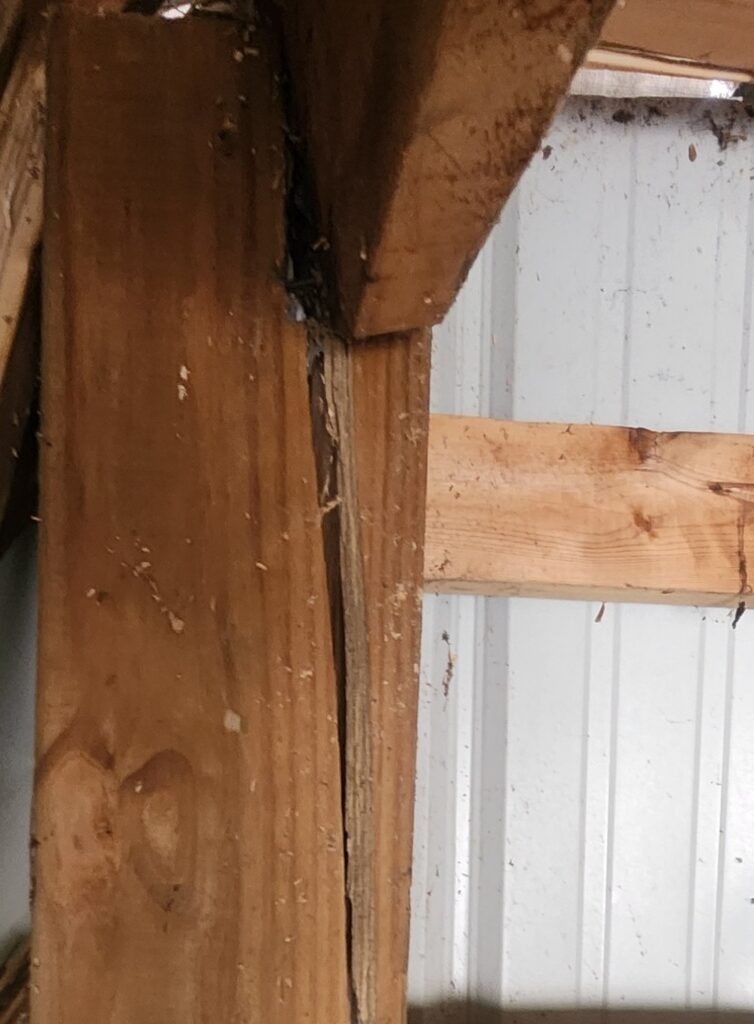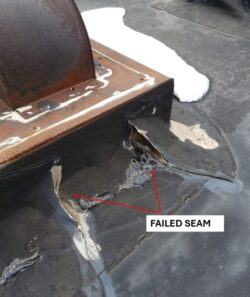In an era where property maintenance costs are skyrocketing and unexpected failures can lead to financial ruin, small-scale forensic engineering emerges as a powerful tool for savvy property owners. Unlike large-scale investigations into catastrophic events like bridge collapses, small-scale forensic engineering focuses on everyday structures—homes, commercial buildings, and facilities—using scientific methods to diagnose issues, prevent escalation, and inform smart decision-making. This discipline applies engineering principles to investigate failures, defects, or performance problems in materials, designs, and constructions, often without the need for full-scale demolitions or lawsuits. By engaging forensic engineers early, property owners can gain clarity on their assets, sidestepping the biases of contractors who may push unnecessary upgrades for profit. This approach not only enhances facility management but also enables precise budgeting, early problem detection, and objective insights, ultimately saving time, money, and stress.
Enhancing facility management requires a deep understanding of a building’s health, from structural integrity to system performance. Small-scale forensic engineering provides this by conducting targeted assessments, such as site inspections and material analyses, to uncover hidden vulnerabilities like water intrusion, foundation shifts, or material degradation. For instance, engineers might use non-destructive testing techniques, like radar interferometry or visual surveys, to evaluate building stability without invasive procedures. Property owners benefit from comprehensive reports that outline current conditions and recommend maintenance strategies. This proactive stance transforms reactive firefighting—dealing with leaks or cracks as they appear—into strategic oversight. In residential or small commercial settings, this could mean identifying poor waterproofing in basements or balconies before mold or structural weakening sets in, allowing owners to integrate fixes into routine upkeep. By treating buildings as systems under constant environmental stress (e.g., weather, soil movement, or aging), forensic engineering equips owners with actionable data to optimize operations, extend asset lifespans, and comply with safety regulations, all while minimizing downtime.
Planning for repairs before they become emergencies is the most tangible advantage of small-scale forensic engineering, as it mitigates a problem from becoming more costly. Traditional repair estimates from contractors can be incomplete, driven by profit motives rather than necessity. Forensic engineers, however, deliver unbiased evaluations that pinpoint root causes—such as design flaws, construction errors, or material failures—enabling owners to budget accurately for targeted repairs. Consider a scenario where recurring water damage plagues a property: A forensic investigation might reveal inadequate drainage rather than surface-level issues, leading to a cost-effective remediation plan that addresses the core problem and prevents recurrence. Studies and case examples show that this approach can reduce overall remediation costs by 30-40% by avoiding “trial-and-error” fixes and focusing on evidence-based solutions. Owners can then prioritize their expenditures, allocating funds for immediate safety concerns while phasing in long-term upgrades—and even leverage reports for insurance claims or negotiations with vendors. This foresight turns unpredictable expenses into predictable line items, aiding in annual budgets or capital planning for multi-unit facilities.
“An ounce of prevention is worth a pound of cure” rings especially true in property management, where minor issues can snowball into disasters. Small-scale forensic engineering excels at early detection, using tools like structural assessments, failure mode analysis, and evidence collection to identify risks before they escalate. Engineers examine perishable evidence (e.g., weather-related stress) and durable elements (e.g., material samples) to forecast potential failures, such as roof collapses under snow load or foundation cracks from soil settlement. For property owners, this means catching subtle signs—like efflorescence indicating water seepage or early corrosion in load-bearing components—during routine inspections. In regions prone to natural events, such as earthquakes or hurricanes, forensic evaluations can differentiate pre-existing damage from new impacts, informing timely interventions. Real-world applications include pre-purchase assessments for buyers, where engineers flag hidden defects that could lead to costly surprises, or ongoing monitoring for commercial owners to avert business interruptions. By intervening early, owners avoid the exponential costs and liabilities of catastrophic failures, preserving property value and safety.
In conclusion, small-scale forensic engineering is more than a diagnostic service; it’s a strategic ally for property owners navigating the complexities of maintenance and risk. By fostering better management, precise budgeting, early detection, and unbiased advice, it safeguards investments and prevents minor headaches from becoming major crises. Whether you’re a homeowner spotting cracks or a facility manager planning upgrades, consulting a forensic engineer could be the smartest move for your property’s future. For personalized guidance, reach out to Marting Design Group to help you understand how this might benefit your property.


